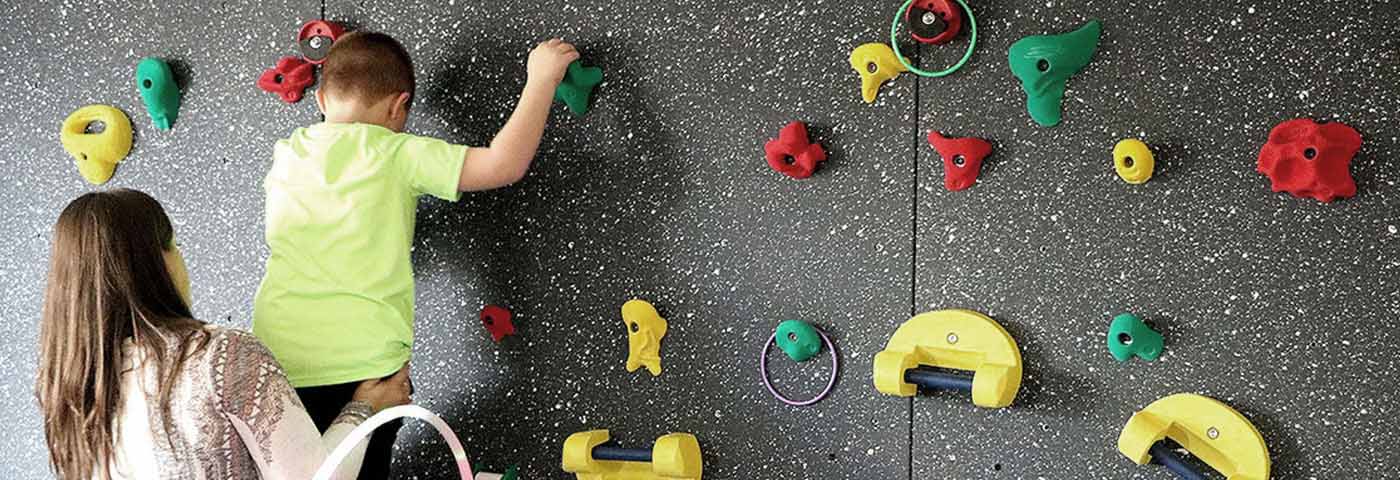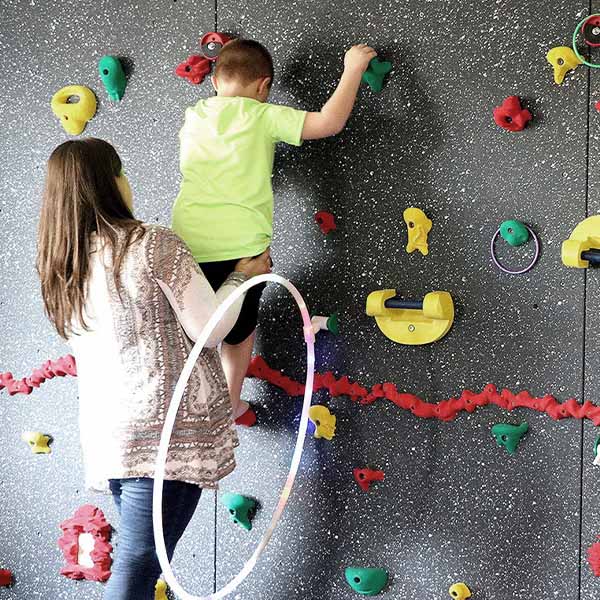What Is Occupational Therapy?
Occupational therapy is a discipline of helping children with their occupations of life. Feeding themselves, playing with siblings, going down the slide at the playground, drawing, coloring, cutting, dressing, and even going to the grocery store with family are all occupations of life. Occupational therapists are trained to evaluate and treat children based on what their needs are, helping them to become as independent and happy as they can be for their age in all areas of life: community, home, and school.




